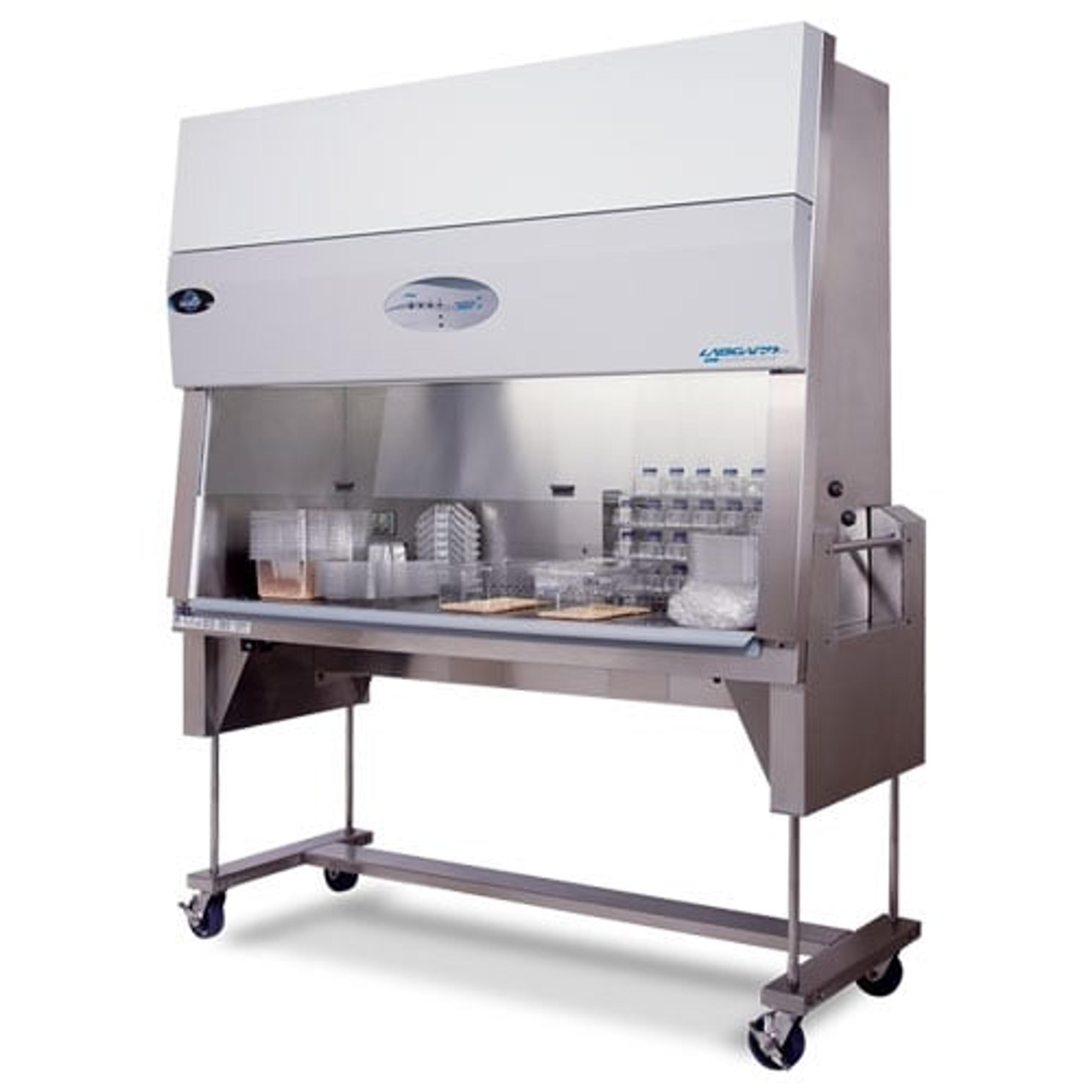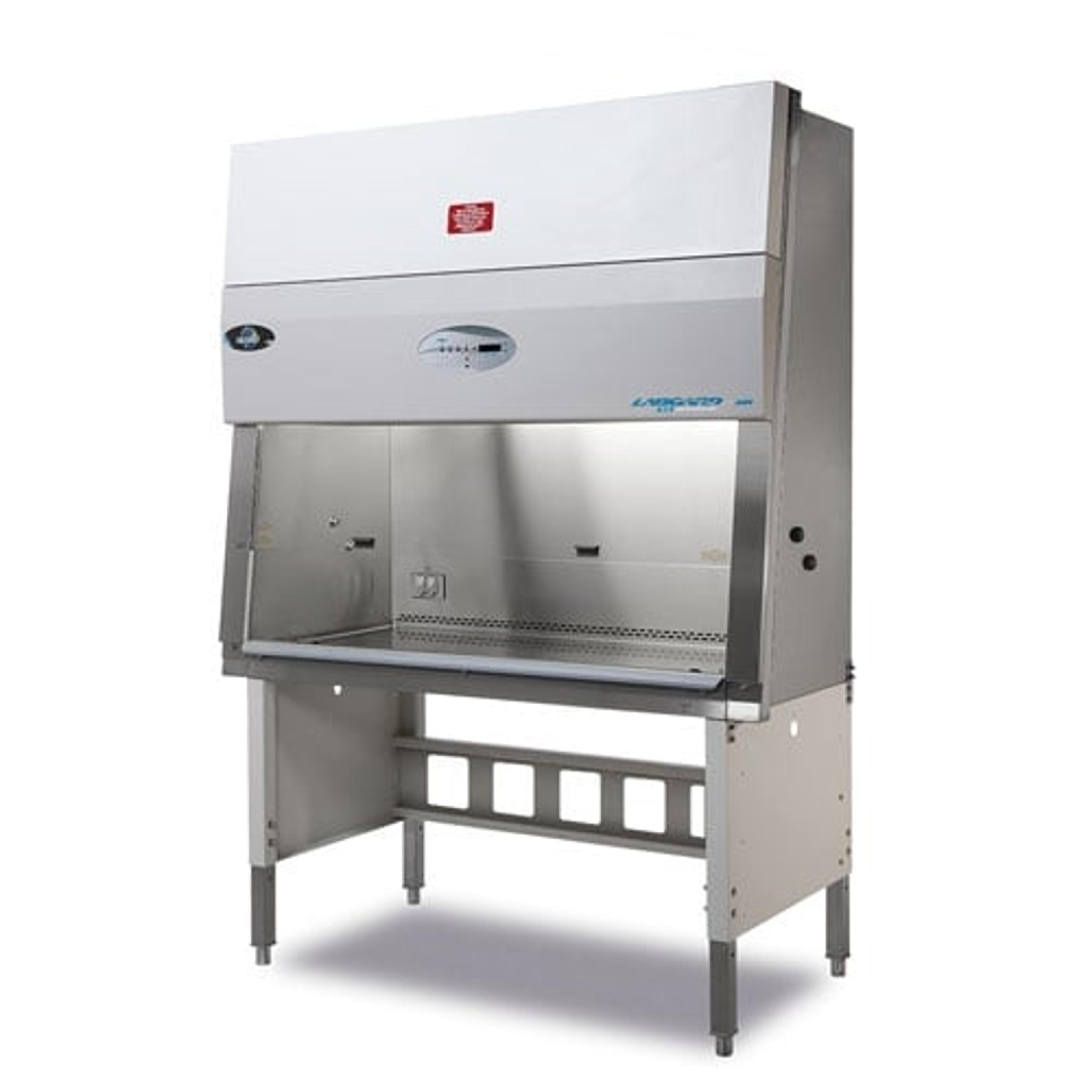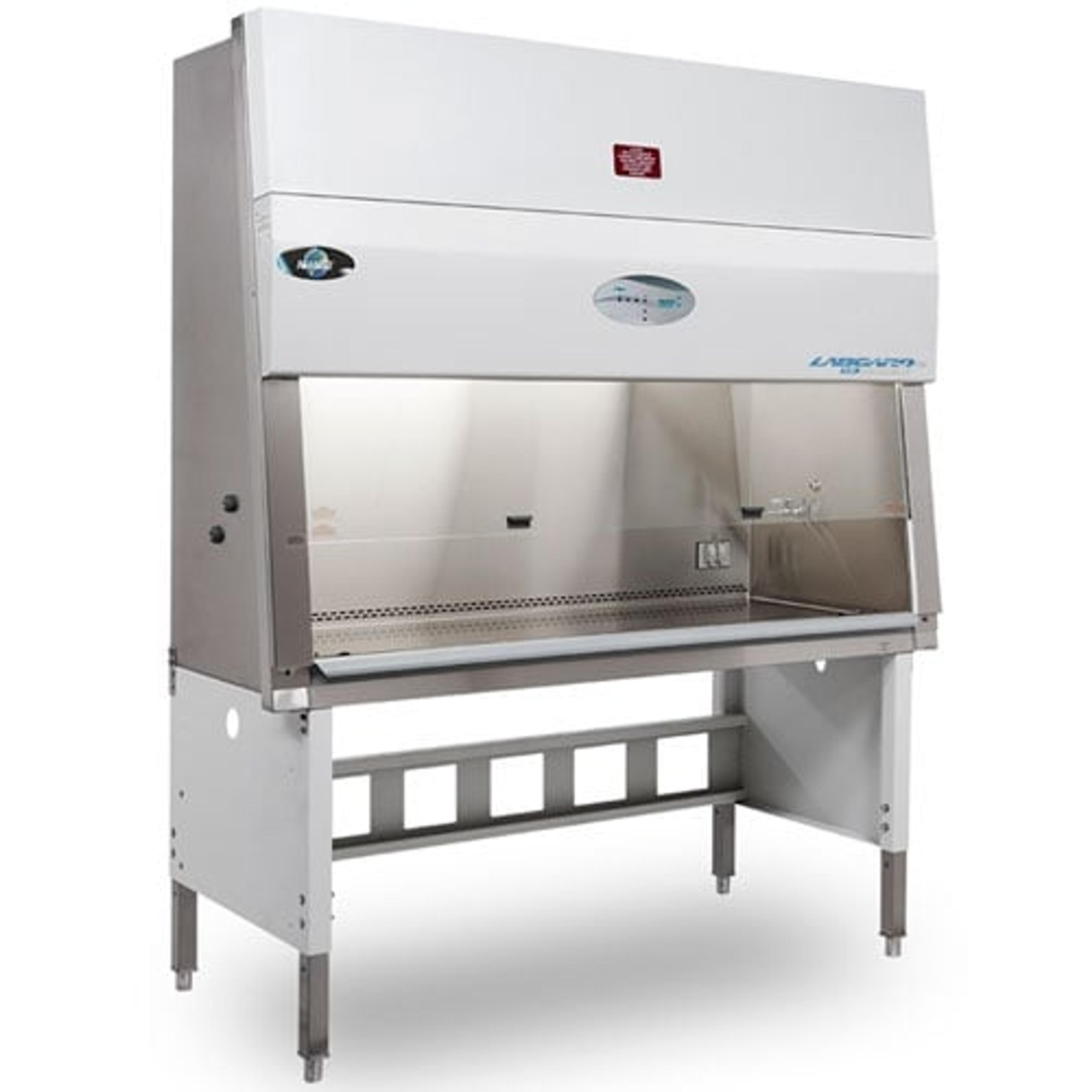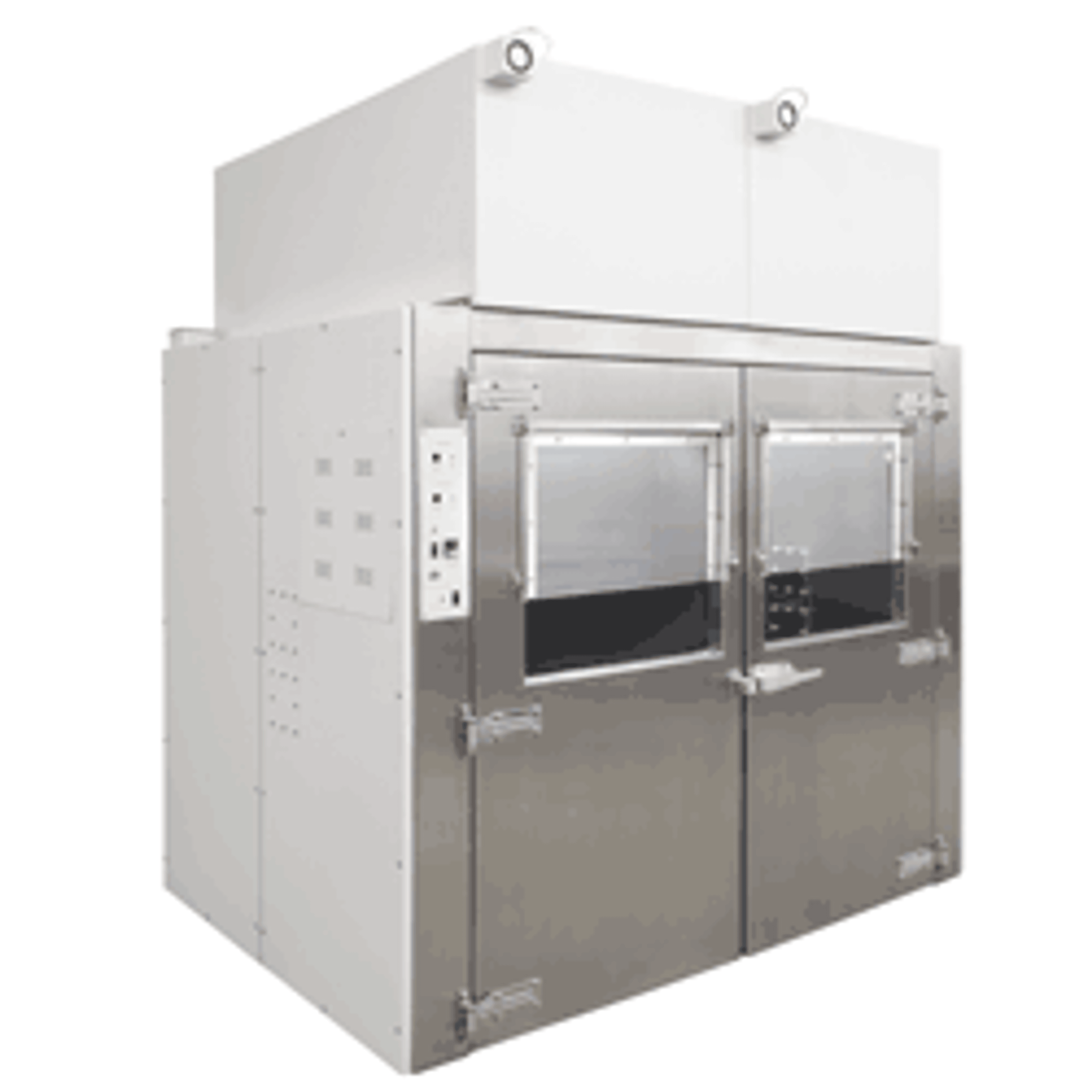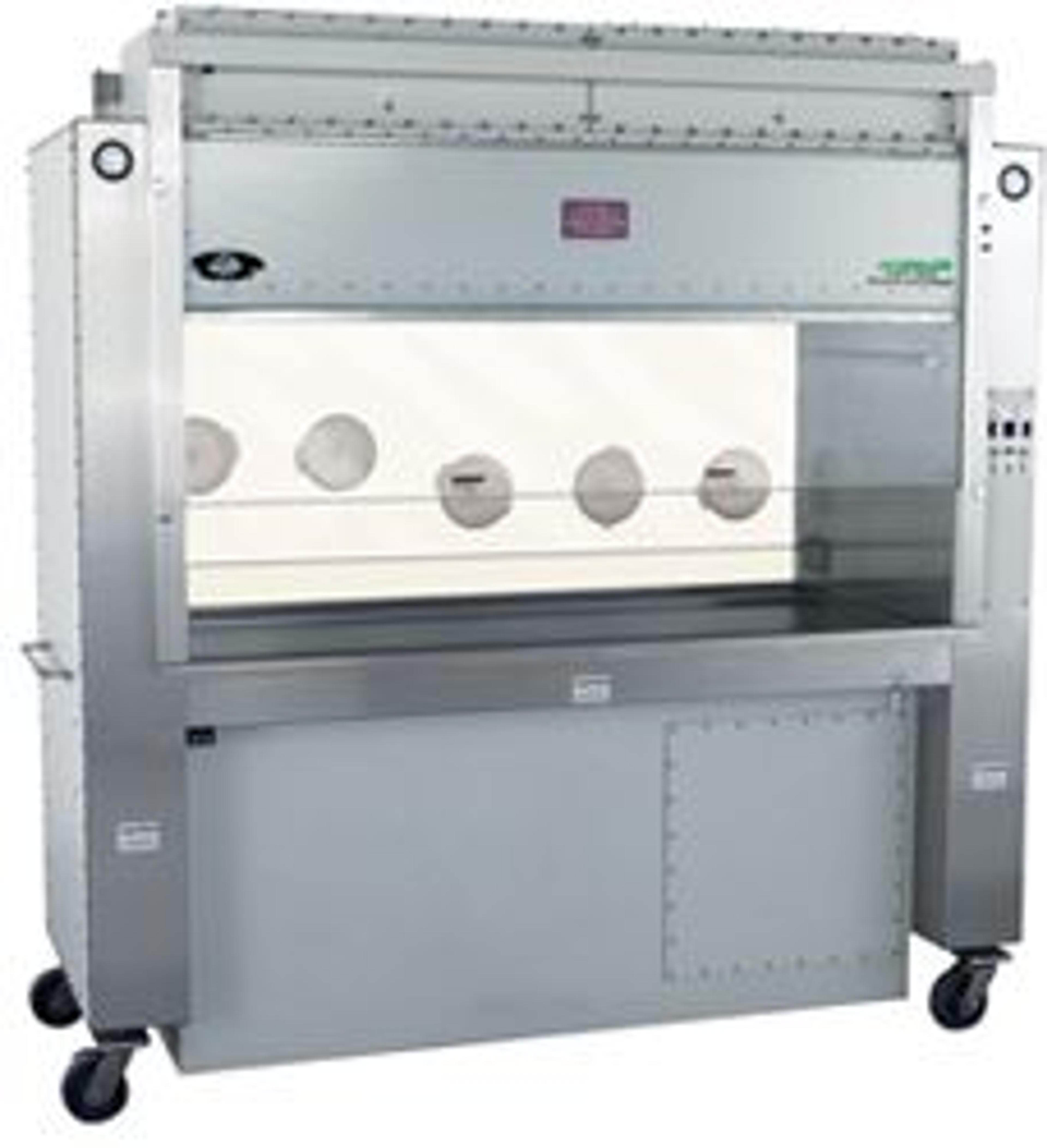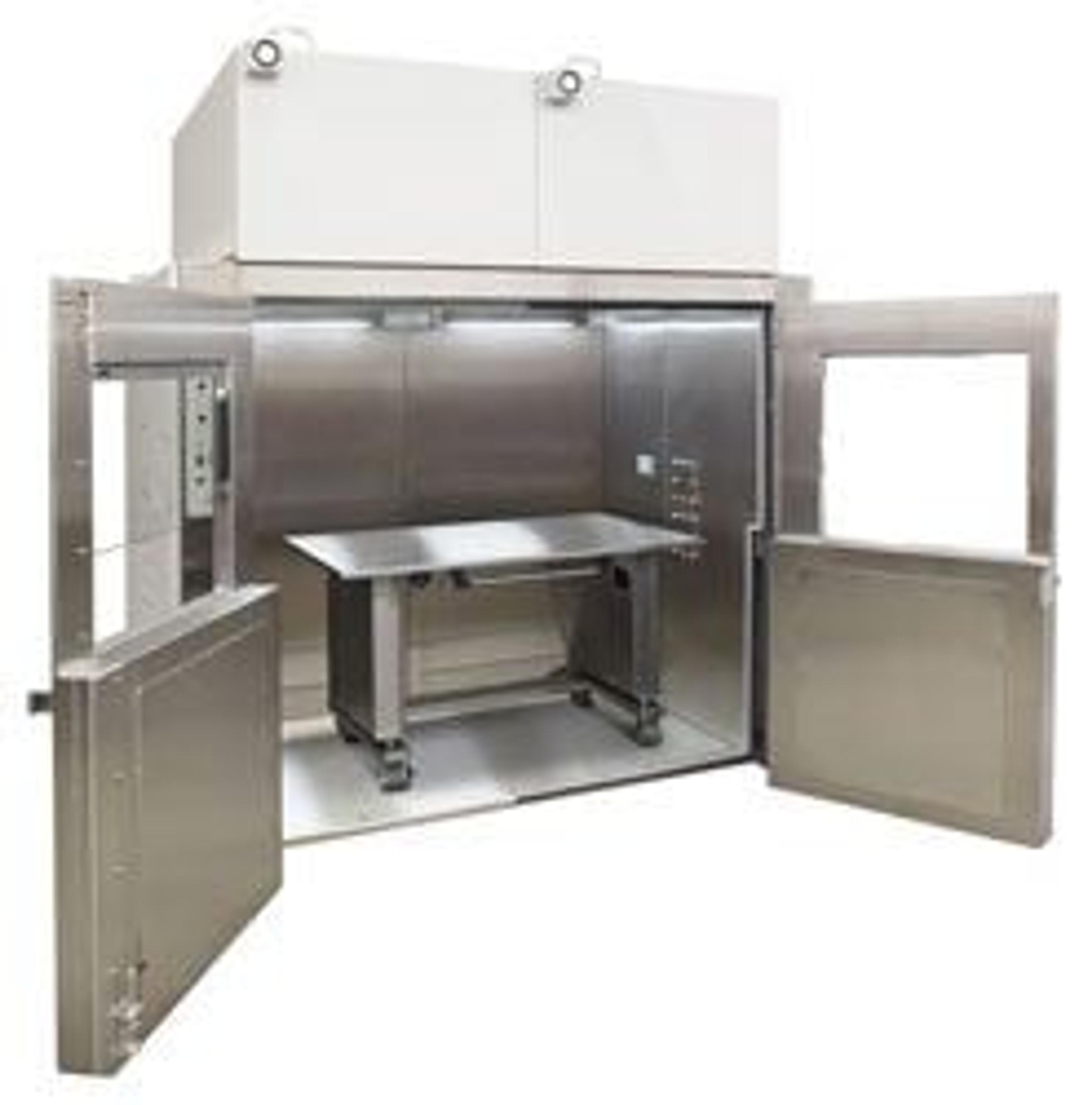12 Tips for Working Safely in Your Biosafety Cabinet
Good laboratory techniques to protect yourself, your experiments and your working environment
4 Mar 2016
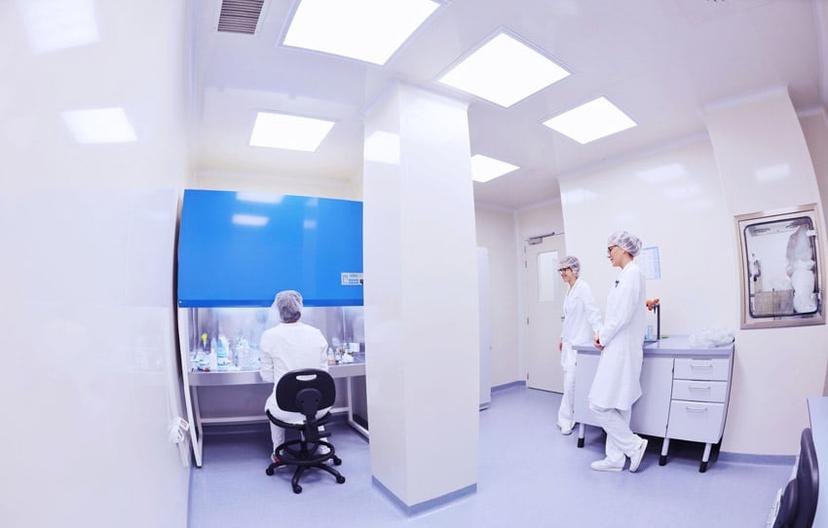
Learn how to protect yourself, your experiments and working environment with these top tips for carrying out experiments within a Class II Biological Safety Cabinet (BSC).
1. Know Your Airflow
Maximize potential protection by making sure you know how filtered and contaminated air, from both work surface and room, passes through your cabinet.
2. Work at the Proper Sash Level
Your BSC will be certified for safe operation at a certain window sash height – most cabinets will indicate where the window should be placed during work activities. It is crucial to work at the certified window sash height to ensure that the balance between inflow and down flow velocities is maintained. Excessive inflow can cause contaminated air to enter the work area; excessive down flow can cause contaminated air to enter the laboratory as well as creating turbulent air in the work area, resulting in product contamination.
3. Never Block the Airflow Grill
The airflow grill at the front of your cabinet performs the important job of separating the clean air inside the cabinet from the contaminated laboratory air outside. Take care to avoid covering the air grill at the front of the cabinet with equipment, and even with your arms, elbows or hands, as this can compromise airflow integrity, resulting in contaminants entering the sterile work zone inside the cabinet, or substances from inside the cabinet leaking out into the laboratory.
4. Minimize Movement
The best practice for working in your BSC is to move your arms in and out slowly and perpendicular to the face of the opening of the cabinet to minimize the disruption of airflow within the cabinet. It is also important to organize the cabinet workspace so that minimal arm movement is required; and make sure to take care when walking near the cabinet or opening and closing doors – rapid movement near the BSC may disrupt the cabinet air barrier.
5. Reduce Splatter
Use good microbiological techniques to reduce the potential risk of creating splatter or aerosol generation. Class II cabinets are designed so that horizontally nebulized spores will be captured by the downward flowing cabinet air within 14 inches of travel. As a general rule of thumb, clean materials should be kept at least 12 inches away from aerosol generating activities to prevent cross-contamination.
6. Know Your Work Area
The middle third of the BSC work surface is the ideal area to be used for your experiments and all operations should be performed at least 4 inches from the front grill. Materials placed in the cabinet can cause disruption in airflow, resulting in turbulence, possible cross-contamination, and/or breach of containment. It is therefore important that only the materials required for immediate work are placed in the cabinet work area, and that these are placed as far back as possible, but still within reach. Bulky items such as biohazard bags should be placed to one side in the interior of the cabinet, while aerosol-generating equipment such as vortex mixers or centrifuges should be placed toward the rear of the cabinet.
7. Work from Clean to Contaminated
Active work should flow from a clean to a contaminated area across the work surface to limit the movement of contaminated equipment over clean items.
8. Working with Tubes & Bottles
Open tubes and bottles should not be held in a vertical position and their caps should not be placed on toweling. Caps should be placed back on the tube or bottle as soon as possible.
9. Working with Petri Dishes
Then working with Petri dishes, the lid should be held above the open sterile surface to minimize the direct impact of downward air.
10. Working with Aspirator Bottles or Suction Flasks
spirator bottles or suction flasks should be connected to an overflow collection flask containing appropriate disinfectant and an in-line HEPA or equivalent filter.
11. Dress for the Occasion
Proper dress is also essential for your personal protection as well as your product and working environment. Laboratory coats should be worn buttoned over street clothing, protective eyewear should be on at all times and latex or nitrile gloves are necessary when handling culture, contaminated surfaces, or equipment.
12. Make Your Setup Ergonomic
Optimize your setup to improve your safety. For example, use a good laboratory chair and sit with 90-degree seating and knee angles to reduce your risk of workplace injury. Also make sure to work with straight wrists and arrange your work area properly so you do not overextend your arms – accessories such as armrests and footrests can be used to increase comfort and support.

